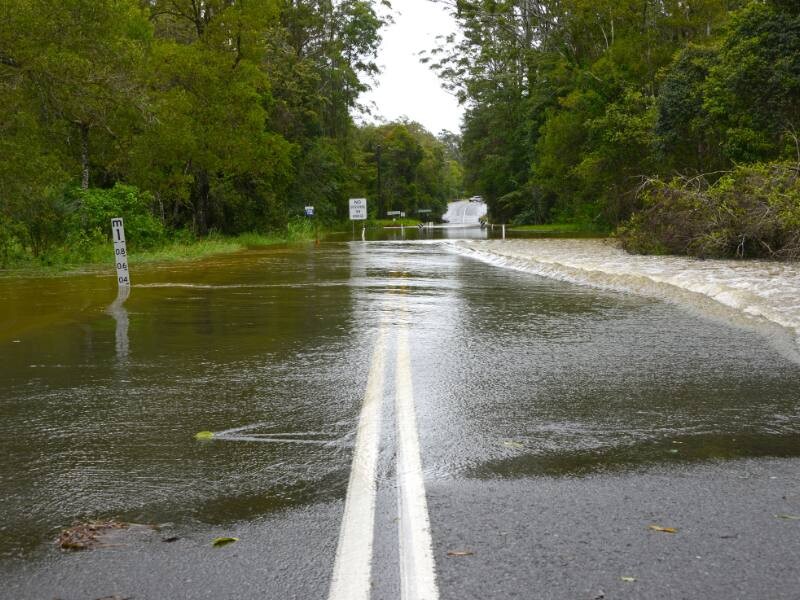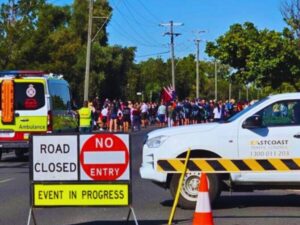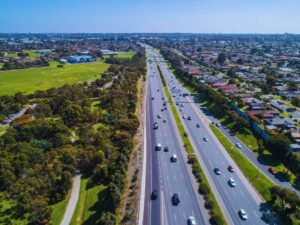Cairns, recently hit by the remnants of ex-tropical cyclone Jasper, faces the formidable task of road recovery. This article delves into the crucial role of East Coast Traffic Control (ECTC) and local authorities in managing the aftermath and ensuring safe, smooth travel.
Immediate Response to Storm Aftermath
Assessing Road Damage and Closures
Post-storm, the first step is assessing road damage. ECTC works swiftly to identify affected areas, ensuring that road closures are communicated effectively to the public.
Deploying Traffic Control Measures
Quick deployment of traffic control measures is essential. ECTC’s experienced team directs traffic around affected areas, minimising disruptions and maintaining safety.
Strategies for Effective Traffic Management
Coordinating with Local Authorities
Effective traffic management post-storm requires close coordination with local authorities. This collaboration ensures a unified response to the crisis.
Implementing Detours and Alternate Routes
Establishing detours and alternate routes is vital. ECTC strategically plans these routes to ease congestion and facilitate smoother travel during recovery efforts.
The Importance of Community Cooperation
Public Awareness and Communication
Keeping the community informed is key. ECTC and local authorities engage in active communication, providing regular updates on road conditions and recovery progress.
Encouraging Safe Driving Practices
ECTC urges drivers to exercise caution, especially on roads still recovering from storm damage. Adhering to traffic signs and staying alert are crucial for safety.
Navigating Post-Storm Road Conditions
Being Aware of Detours and Updates
Drivers should stay aware of detours and road condition updates. This knowledge is essential for safe navigation through recovery areas.
Understanding the Challenges of Damaged Roads
Recognising the challenges posed by damaged roads allows drivers to adjust their expectations and travel plans accordingly.
Conclusion
Cairns’ journey to recovery post-severe storms is a testament to the resilience of the community and the effectiveness of traffic management strategies. ECTC, in partnership with local authorities, plays a pivotal role in ensuring that life gets back to normal as swiftly and safely as possible.
FAQs
What are the main challenges in traffic management post-storm?
Key challenges include assessing road damage, implementing effective detours, and ensuring public safety amidst disrupted conditions.
How does ECTC coordinate with local authorities during recovery?
ECTC works closely with local authorities to share information, plan recovery strategies, and execute traffic control measures efficiently.
What role does the community play in post-storm recovery?
Community cooperation, adherence to safety guidelines, and staying informed about road conditions are crucial for successful recovery efforts.
How can drivers stay safe on post-storm roads?
Drivers should follow traffic signs, stay updated on road conditions, and exercise caution, especially in areas with road damage.
What is the importance of communication in these situations?
Effective communication ensures that the public receives timely updates on road conditions, detours, and recovery efforts, essential for community safety and convenience.





